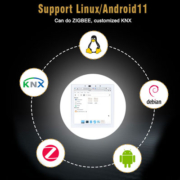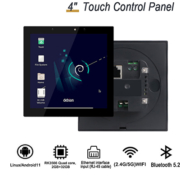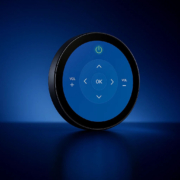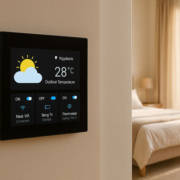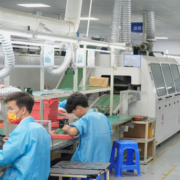How to Find the Smart Board Control Panel
Smart boards have become a staple in modern classrooms, conference rooms, and collaborative workspaces. But for many users—whether teachers, IT admins, or business professionals—the question remains: “Where is the smart board control panel?”
This article explores where the control panel is located, how to access it, and why the smart board control panel is critical to optimizing user experience. We’ll also look at how companies like Portworld provide powerful, Android-based smart control solutions that work seamlessly with smart board environments.
Understanding the Smart Board Control Panel
The smart board control panel is the interface—physical or digital—that allows users to manage the board’s features, such as input sources, network settings, brightness, audio, apps, and screen sharing.
It Typically Exists in One or More Forms:
-
Built-in On-Screen Menu
Accessed by tapping on-screen buttons or swiping on the display’s edge to bring up system settings. -
Physical Control Buttons
Often located on the lower edge or side of the smart board—these buttons allow basic functions like power, volume, and input selection. -
Remote Management Software
IT administrators often manage the board via remote control software or web-based platforms. -
Wall-Mounted Smart Control Panel
In more advanced setups, a dedicated external control panel—such as Portworld’s 4-inch or 5-inch Android smart panels—is installed near the smart board to offer enhanced control over multiple devices and room functions.
Where Is the Smart Board Control Panel Located?
1. On the Board Itself
Most smart boards come with a built-in interface accessible via touch gestures or a small on-screen “gear” or “home” icon. This brings up the main control panel with access to:
- Input source selection (HDMI, VGA, USB-C)
- Wireless screen casting
- Audio settings
- Whiteboard tools
- System settings (Wi-Fi, brightness, OS updates)
2. Physical Side Panel or Frame Edge
Manufacturers like SMART Technologies, Promethean, or ViewSonic include tactile buttons on the bezel. These offer quick control for:
- Power on/off
- Volume adjustment
- Input switch
- Menu navigation
3. Through a Smart Control Panel (External)
In schools or meeting rooms with integrated smart automation, the control panel may not be directly on the board. Instead, it could be located:
- On the wall near the entrance (as a wall-mounted touch panel)
- On a desk or podium as a tablet interface
- Within a mobile control app tied to a tablet or smartphone
This external control panel often handles not just the smart board, but also lighting, curtains, air conditioning, audio systems, and more—especially when powered by platforms like Portworld.
Portworld Smart Panels for Smart Board Integration
Portworld offers powerful Android-based touch panels (4-inch and 5-inch) designed for seamless integration with classroom and conference room systems. These panels can act as smart board control interfaces with the following features:
- Custom control apps for smart boards and AV systems
- PoE support for clean wall-mounted installations
- Offline functionality in LAN-only environments
- Integration with projectors, speakers, blinds, and lighting
- Support for RS232/485, IR, and IP protocols
With Portworld, integrators and OEMs can offer a single-pane interface that manages all devices in a modern meeting or teaching space.
Why You Might Need an External Smart Control Panel
An external smart board control panel is ideal when:
- You want a central control point for multiple room functions
- The smart board is mounted too high or not user-friendly for all users
- Your system includes multiple smart boards or AV inputs
- You’re designing a professional-grade conference room or smart classroom

